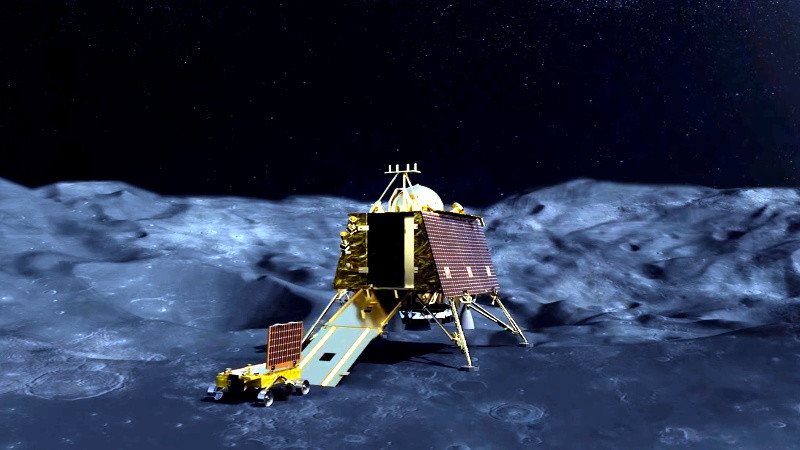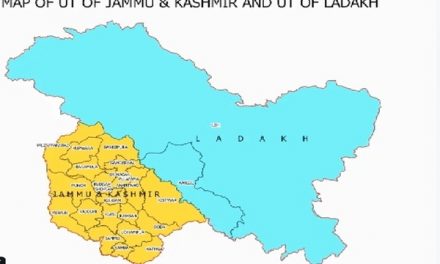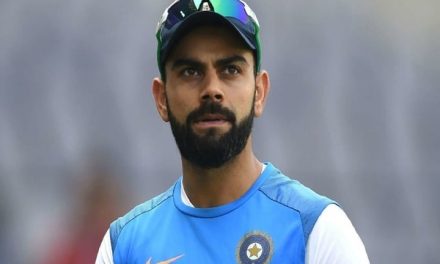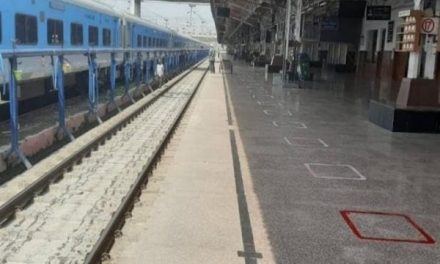Nasa released some images showing the site of the Vikram lander’s impact and the associated debris field. However, Isro chief K Sivan has said the Chandrayaan 2 orbiter had located Vikram long back.
HIGHLIGHTS:
- Isro chief has said Vikram was first spotted by our own orbiter
- Nasa on Tuesday said it has located the debris of Vikram on the lunar surface
- Nasa credited a Chennai-based techie with the discovery
Isro chief K Sivan has rejected Nasa’s claims that they have located the debris of the crashed Vikram lander on the lunar surface and said the Indian Space Research Organisation had located it long back.

Isro chief K Sivan has said, “Our own orbiter had located Vikram lander. We had already declared that on our website, you can go back and see.”
On Tuesday, Nasa released some images showing the site of the Vikram lander’s impact and the associated debris field while also acknowledging the role of a Chennai-based mechanical engineer and app developer in locating the site of the debris.
Space enthusiast Shanmuga Subramanian spotted the crashed Vikram lander on the lunar surface after scouring through the images released by the US space agency’s Moon orbiting spacecraft.
Three days after Vikram lander crashed on the lunar surface, on September 10, Isro had tweeted, “Vikram Lander has been located by the orbiter of Chandrayaan 2, but no communication with it yet. All possible efforts are being made to establish communication with the lander.”
Nasa said the debris, as located by Subramanian, is about 750 metres northwest of the main crash site where Vikram made a hard landing on September 7. Isro’s Chandrayaan 2 mission was expected to make a soft landing on the Moon’s surface when it lost contact with the Vikram lander ahead of the scheduled touchdown.
Nasa had since made several attempts to locate the Chandrayaan 2 lander with the help of LRO, which flew over Vikram’s landing site once on September 17 and next on October 14.
The government had said a few weeks ago, Chandrayaan 2’s Vikram lander hard-landed on Moon’s surface as a reduction in velocity during its descent did not match with the designed parameters.
In a written reply to a question in the Lok Sabha, Jitendra Singh, the minister of state in the Prime Minister’s Office, who looks after the department of space, said the first phase of descent was performed nominally from an altitude of 30 km to 7.4 km above the moon’s surface and velocity was reduced from 1,683 metres per second to 146 metres per second.
The indigenously developed Chandrayaan-2 spacecraft comprising of orbiter, lander and rover was successfully launched on-board the indigenous GSLV MK III-M1 Mission on July 22.
After accomplishing four earthbound manoeuvres and trans-lunar injection, the spacecraft was successfully inserted in the lunar orbit on August 20. A series of moon-bound manoeuvres were then carried out to achieve a Lunar orbit of 119 x 127 km.
Lander Vikram was separated, as planned, from the Orbiter on September 2, 2019. After two successful de-orbiting manoeuvres, powered descent of the lander was initiated on September 7 to achieve a soft landing on the moon surface.
The Isro is planning to launch Chandrayaan 3 probably in November next year.












